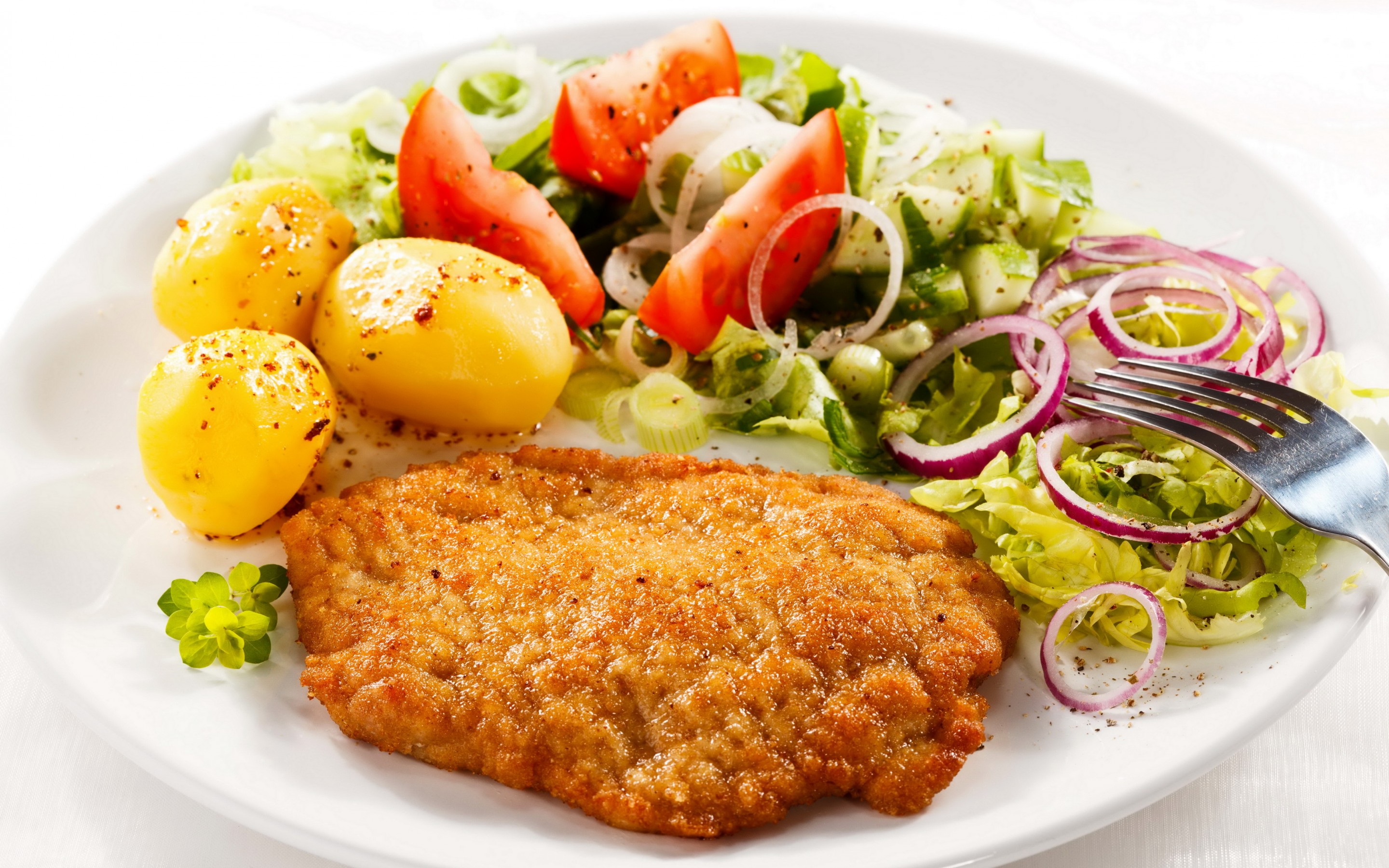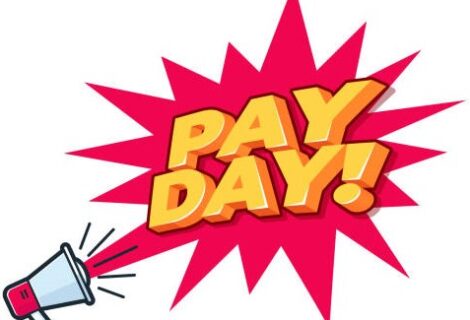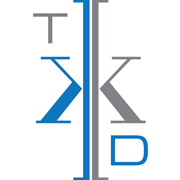Proper Bookkeeping of Meal Expenses
Meals are a common part of business. You take a client to dinner or lunch to say thank for their business. Or you buy a couple of pizzas to say thanks to your employees for some great effort getting the last job finished. Or you host a seminar and buy lunches for your attendees.
These are but three of many possible situations where your company might buy meals.
What’s the right way to record them in your books? The Canadian government changed the rules a few years back for meals bought by your company. They aren’t always treated the same way as other business expenses. Some meals are only 50% deductible for tax purposes.
I’m going to summarize the rules we use to record meal purchases. For the official, accountant-needed, Canada Revenue Agency (CRA) way explaining the rules, I’ll suggest you visit this website: https://tinyurl.com/MealsCRA
Here’s my simplified explanation for small business owners. When we record a meal expense, it’s done for three purposes:
- To record the total expenditure for the company.
- To record the amount of GST that can be used as an Input Tax Credit (ITC) (see below).
- To get ready for the year-end, when your accountant will deduct only what is permitted.
Meals That Are 0% Deductible
Not all meals are deductible. If you forget your lunch one day and run to the nearest fast food place to grab a meal, that’s not deductible. It’s because you could have brown-bagged it. It’s best these purchases be made from your personal bank or by cash. If you do use your company’s bank account then it should be recorded as a draw.
Meals That Are Fully Deductible
Not all meals a company buys are subject to the ‘50% rule.’ In the following situations, fully 100% of the meal cost is deductible:
- Your business is to buy meals and resell them, like a restaurant or caterer.
- When your customer buys the meal as a part of something else (e.g. a conference) and you show that cost on their bill.
- You include the cost of the meal in an employee’s income.
- You host an office party and pay for meals (up to six times per year).
- You buy meals when organizing a fundraising event for a registered charity.
- You provide meals for an employee at a remote location (e.g. construction camp).
Meals Only 50% Deductible
Simple: all other meals paid for by the company. Breakfasts. Lunches. Dinners. Coffee shops. Grocery store. It doesn’t matter where you buy them. If not covered by the list above, your accountant can use only 50% of the cost to reduce your income and hence your taxes.
Accounting for Input Tax Credits
If your company collects GST from its customers (and it must have a GST number to do so) then all or (more likely) part of it has to be sent to the CRA.
This is: the total amount collected minus the amount of GST you paid out in the course of doing business. The amount you paid out is called the Input Tax Credit, or ITC.
Sounds complicated, but it’s not, really. Let’s say one month you collect $500 in GST from sales. And further, let’s say you paid out $150 in GST for purchases related to doing business during that time. The $150 is your ITC for that month. The difference, $350, has to be remitted to the CRA.
Recording Meal Expenses
For meal expenses falling under the ‘50% rule’ figuring out the amounts can seem complicated. But it’s not. Your professional bookkeeper has two ways:
1) Record at 50%
Your bookkeeping software has to record GST separately. This is so your ITCs can be calculated to reduce the amount of GST you have to send the CRA.
Let’s say your restaurant meal costs $45.20. The 5% GST will be $2.26. You add in a tip of $7.54 to make the total an even $55.00. How do we record it in your books?
First, we record the GST paid as $1.13, which is 50% of the GST charged. Only this half counts as an ITC. Then we subtract this from the total, and record $53.87 as the cost of the meal.
What if you live where there is PST added, or HST is charged? Basically, it’s the same thing. Let’s say that PST (or the PST part of the HST) is 8%. The total tax collected is now $5.88. The total cost of the meal is $51.08. You add a tip of $7.92 for an even $59.00. So, we record $1.13 for GST and $57.87 for the cost of the meal.
In both examples we accomplish our three goals: the total expenditure is recorded; the eligible amount of GST used as an ITC is recorded, and; it’s accountant-ready.
2) Record at 100%
The same rules as above are followed, but everything is recorded at 100%. Your accountant will do the 50%-adjustment at year end. This causes an issue with your GST filing though. Your ITC total will be too high by 50% of the GST charged for meals.
What Happens at Year-End
When doing your company’s fiscal year-end your accountant looks things over. Let’s say that he or she sees that the total expenditure for meals is $920.50 with a total GST of $19.80.
Well, first, because the GST amount is only about 2% of the total, he or she knows the bookkeeper has done a good job. Only the portion of the GST eligible as an ITC was recorded.
And second, he or she will lower the amount of deductible meal expenses by one half, to $460.25. But don’t worry; the full total is still recorded so you can see what the company spent on meals.
A professional bookkeeper knows the correct way to record meal expenses. First, s/he knows which ones are fully deductible and which are not. Second, s/he knows how to calculate and record the correct amount of GST and total meal expenditure.
Getting these little things right during the course of the year makes your accountant happier, because his or her job is a little easier. You’ll be happy too, because the cost of your accountant’s work is a little less as a result.










